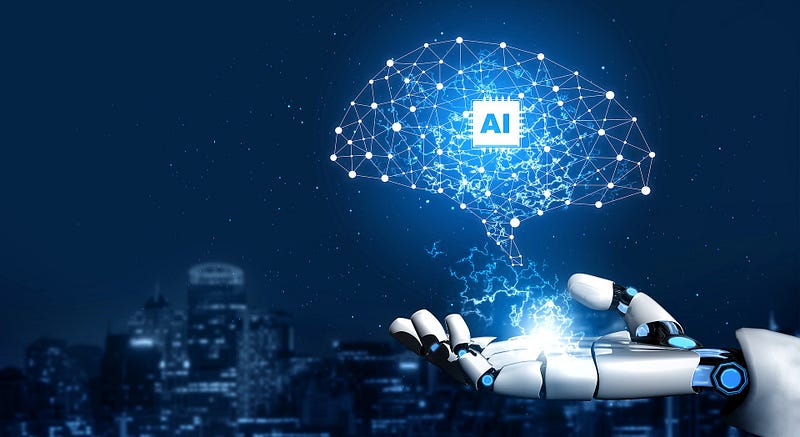The Future of Photography: AI Innovations on the Horizon
Written on
Chapter 1: A New Era in Photography
As we stand on the brink of a technological revolution in photography, the latest advancements from OpenAI are offering a glimpse into the future of image creation.

[Photo: Tung Nguyen / Pixabay]
The rapid evolution of imaging and machine learning technology is unveiling possibilities that, until recently, felt like science fiction. Over the years, we've encountered various remarkable AI systems, from those that can mimic artistic styles to those that produce photorealistic images from basic sketches. One such groundbreaking development is the DALL-E 2 system from OpenAI, which is reshaping our understanding and application of photography.
This innovative DALL-E 2 system can generate high-resolution "photos" and graphics solely from textual descriptions articulated in straightforward sentences. Notably, it can seamlessly adjust to minor variations in input, allowing it to handle complex and abstract requests effectively.
The remarkable feature of this new tool lies in its ability not only to create images from scratch but also to enhance existing images by adding new elements and modifying their appearance, all through simple text commands that anyone, even those unfamiliar with AI, can use. For a deeper understanding of DALL-E 2's vast potential, exploring the project’s website and its showcased examples is highly recommended. Although it’s not yet a flawless technology, it's easy to envision its future applications, especially considering the significant progress made compared to its predecessor, which was unveiled just a year ago.
Chapter 2: The Impending Transformation of the Market
The introduction of the OpenAI system heralds significant changes in the photography and graphics market over the next few years. Once such solutions gain traction, we can expect a fundamental shift in how we perceive and utilize photography. The demand for commissioned images or stock photos may soon diminish. The commercial landscape will quickly adapt, allowing clients to generate limitless creative compositions based on the products they offer.
Does this signify the demise of photography? Not quite, but it may mark the end of photography in its current form. OpenAI is aware of the potential negative consequences of rolling out this technology. Currently, measures are in place to prevent the creation of harmful images or misinformation. The phased rollout of this solution has been preceded by extensive consultations with industry experts, underscoring a commitment to responsibly navigating the market changes.
Chapter 3: AI's Role in the Future of Visual Arts
While it’s unlikely that DALL-E 2 technology will become universally accessible anytime soon, it might remain costly and deliberately restricted to allow the market time to adapt. Rather than completely supplanting traditional photography and graphic design, these innovations are expected to complement creators’ toolkits. After all, someone needs to conceptualize the tasks for AI and discern the best outputs among its suggestions.
Traditional photography will continue to thrive in various documentation fields—ranging from architectural photography to family portraits—where capturing reality is paramount. However, it’s essential to brace for the fact that many images we encounter daily will soon be AI-generated. This shift will likely spark extensive debates surrounding copyright and the intrinsic value of handcrafted art. As we advance, we may experience a profound transformation in how we engage with images, driven by AI innovations. Yet, there’s no reason for concern; just as digital photography and editing software didn’t eliminate traditional methods, artificial intelligence won't do so either. We are merely stepping into the next phase of visual evolution.
For more insights into the workings of DALL-E 2, visit openai.com, and consider following the project on Instagram.
Chapter 4: The Illusion of Connection
As technology evolves, many individuals find themselves emotionally connected to celebrities or influencers through their screens, creating an illusion of closeness...